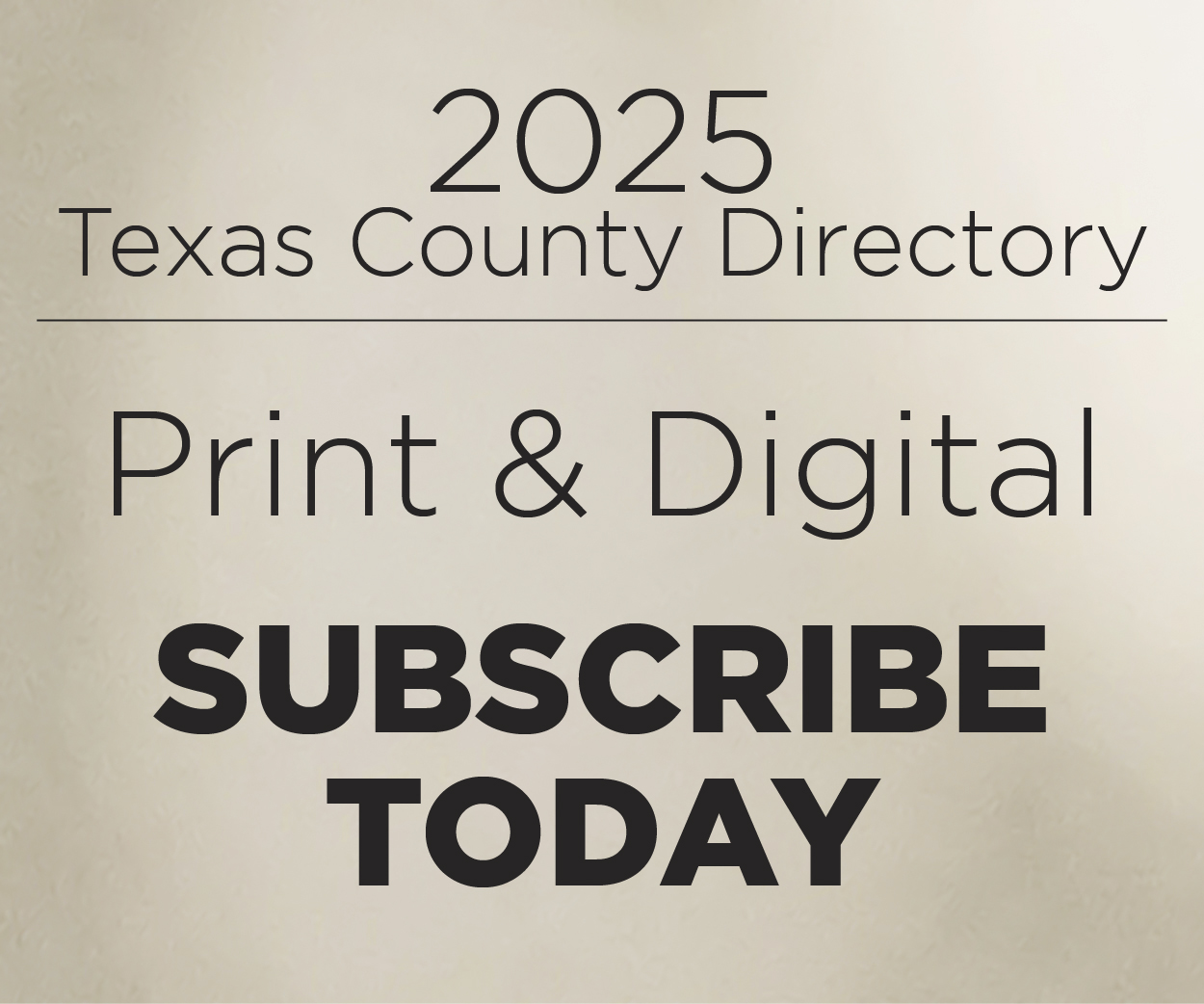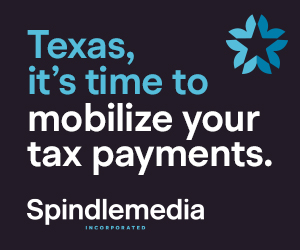Curve Advisory Sign Measures
Counties administer thousands of miles of secondary rural roadways that present curves of every conceivable layout, from very sharp to very gradual. When a curve can only be comfortably traversed at a lower speed than typically traveled on the roadway segments approaching the curve, it is very important to provide advanced warning for drivers.
Turn or Curve Sign?
The Texas MUTCD stipulates use of a Turn warning sign if the safe advisory speed is 30 mph or less, and the use of a Curve warning sign for safe advisory speeds greater than 30 mph. Many conditions are obvious: When a sharp curve/turn requires speeds of 20 mph or less, a Turn sign is necessary, or when a curve can be comfortably traveled at 40 mph or greater, a Curve sign is applicable.
Helpful Instrument
When the comfortable speed through a curve is in the range of 25 to 35 mph, it raises a question about which sign to use. An accurate measure is needed in order to make a good decision. That is where the traditional Ball Bank Indicator is useful. Proper use of the instrument will help identify a defensible safe advisory speed.
Ball Bank Indicator Instrument
The aim in using this instrument is to identify the highest speed that can be traveled around a curve without causing an uncomfortable side throw to vehicle passengers. The table below shows the maximum allowable readings for various operating speeds. A reading of 10 degrees should not be exceeded when a curve is traveled at 35 mph or greater; a reading of 14 degrees should not be exceeded when a curve is traveled at 20 mph or less. A curve traveled at 25 or 30 mph should not yield a reading greater than 12 degrees.
Maximum Reading
Speed Range
10 degrees
35 mph or greater
12 degrees
25 and 30 mph
14 degrees
20 mph or less
Example 1: On a roadway with a high operating speed, if test runs on a curve yield 12 degrees at 45 mph and 9 degrees at 40 mph, a 40 mph advisory speed should be used because the 12-degree reading exceeded the maximum allowable in this range, but the 9-degree reading did not.
Example 2: If on a lower speed roadway test runs on a curve yield 15 degrees at 30 mph and 11 degrees at 25 mph, then 25 mph should be used.
Example 3: If on a very low-speed roadway test runs on a curve yield 16 degrees at 20 mph and 13 degrees at 15 mph, then 15 mph should be used because at 20 mph the reading exceeds that allowable.
Set Up For Use of Ball Bank Indicator
Poor setup or improper test run procedures will yield erroneous results, so care must be taken to follow the procedures outlined below:
1. Test vehicle: Uniform tire pressure, calibrated speedometer.
2. Personnel: Driver and recorder.
3. Ball Bank Indicator: Mounted in vehicle; set at zero with vehicle on level ground (side-to-side is critical; minor front-to-back slope acceptable); and driver and recorder positioned as for test runs.
Test Run Procedure
For each run the driver should reach the test speed well before the curve and must maintain that speed in his “lane” around the curve. On each run the recorder must carefully observe the position of the ball throughout the curve and note the maximum reading to the nearest degree. Runs should be made at 5 mph increments and in both directions.
Step 1 – Initial Run: Run speed should be made at 10 or 15 mph lower than the posted speed limit (or the usual operating speed if speed limits are not posted).
Step 2 – Next Runs: If the initial reading exceeds the limit for run speed, lower speeds should be tested (in 5 mph steps) until the allowable reading for a speed is NOT exceeded. That should then be the chosen advisory speed.
Step 3 – Higher-Speed Runs: If the limit for the initial speed is not exceeded, then runs at successively higher speeds (in 5 mph steps) must be run until the reading just exceeds the allowable limit. The next lowest speed should then be chosen as the advisory speed.
Application for Turn vs. Curve Signs
The foregoing procedure can be used to determine the advisory speed to be posted in conjunction with a Turn or Curve sign. However, these signs can be used without posting an advisory speed with them. If, in the judgment of a roadway official, a sign should be posted, the procedure can be used to determine whether an advisory speed is above 30 mph. If so, then the sign should be a Curve sign; if not, it should be a Turn sign. H – William Lowery, P.E., TEEX Assistant Transportation Training Program Director. Originally published in Lone Star Roads Issue 3, 2011. Reprinted with permission.















